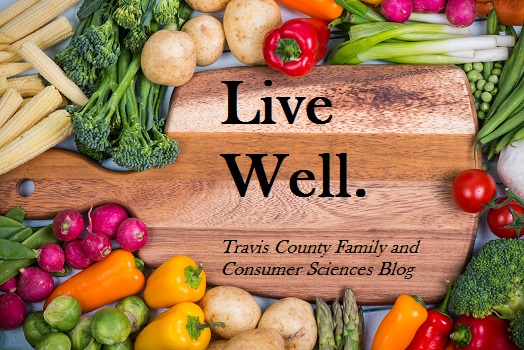By: Master Wellness Volunteer, Cortney Lhota, MA CCC/SLP
Sol Speech, Language Therapy & Wellness
Did you know approximately 65% of the human population is lactose intolerant? Lactose intolerance is an impaired ability to digest lactose, a sugar found in milk and other dairy products. An enzyme called lactase, which is produced by cells in the lining of the small intestine, is what typically breaks down lactose. However, more than half the population has a reduced ability to break lactose up and digest it properly after infancy.
If people with lactose intolerance consume dairy products that contain lactose, they may experience abdominal pain, bloating, flatulence, nausea, and diarrhea beginning 30 minutes to 2 hours after eating or drinking. Even more troubling, cow’s milk (either in the mother’s diet or put into formula) is a common source of food sensitivity in babies. A sensitivity or allergy to cow’s milk can cause colic-like symptoms, eczema, wheezing, vomiting, diarrhea (including bloody diarrhea), constipation, hives, and/or a stuffy, itchy nose.
Furthermore, not only are humans the only species that consumes milk in adulthood, but they are also the only one to drink the milk of other animals. Before the agricultural revolution, humans only drank mother’s milk as infants. They didn’t consume dairy as adults.
But What About Calcium?
One of the first things I hear from people when the idea of cutting out dairy comes up, is that they need it for calcium. Many minds go straight to the idea that dairy is the best and fastest way to get the calcium you need for optimal function.
The major myth here is that a diet MUST include milk, cheese, and other dairy products. This is, indeed, false. There are plenty of non-dairy foods that offer a good amount of calcium. The food that offer the most bioavailability of calcium (the degree to which a nutrient is absorbed and used by the body) include the following: fish with bones such as sardines and canned salmon, white beans, almonds, bok choy, collard greens, tofu, and fortified almond milk or orange juice, poppy, sesame, sunflower, and chia seeds, lentils, edamame, sweet potatoes, okra, and figs.
Quick tip: greens contain 11 of the 13 essential vitamins our body need to function; calcium being one. The darker the green, the more calcium it contains!
Recipes
If, after all of this, you’re feeling more inclined to eat dairy free meals, here are some great recipes, that include many of the non-dairy food mentioned above, to get you started…
